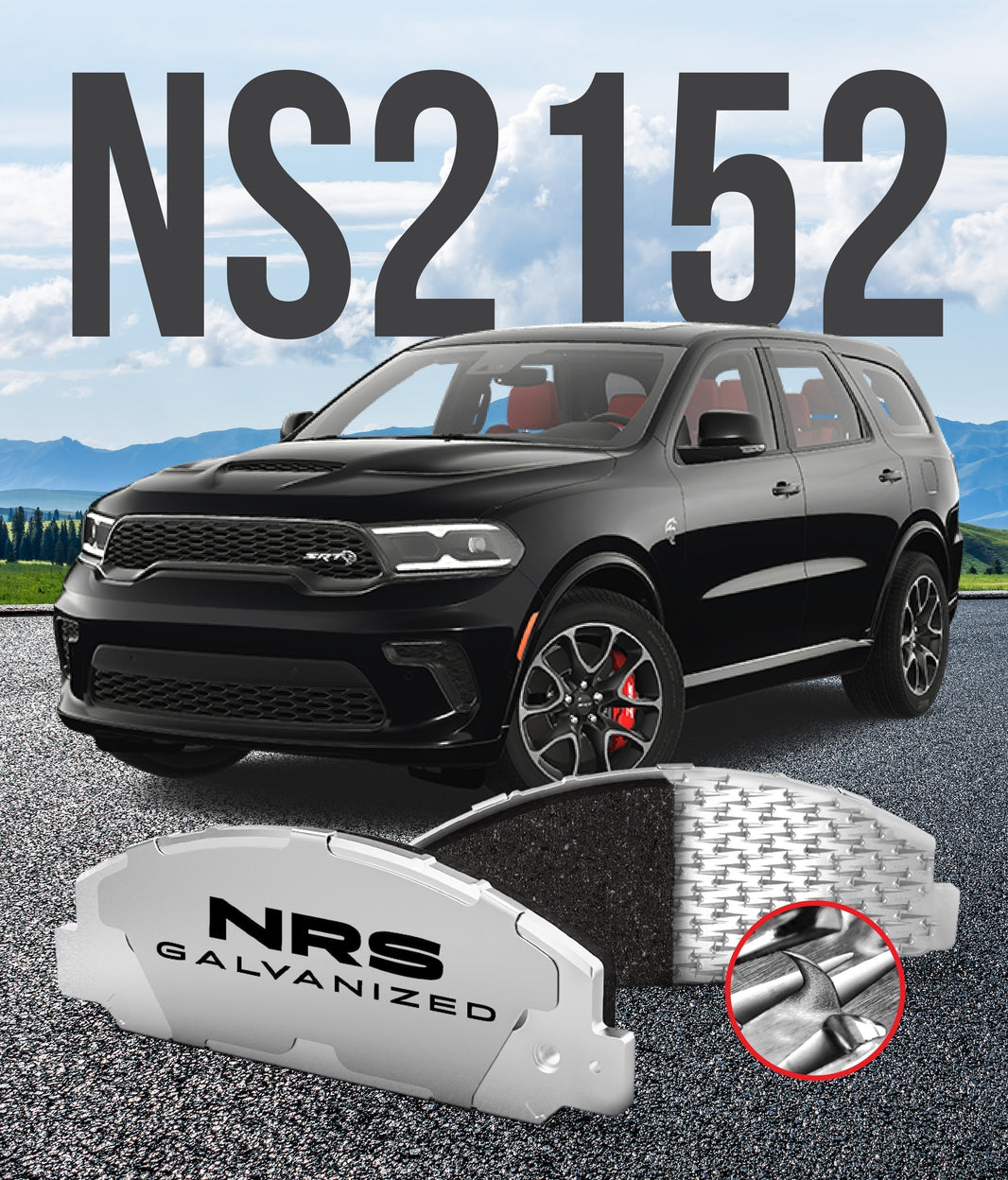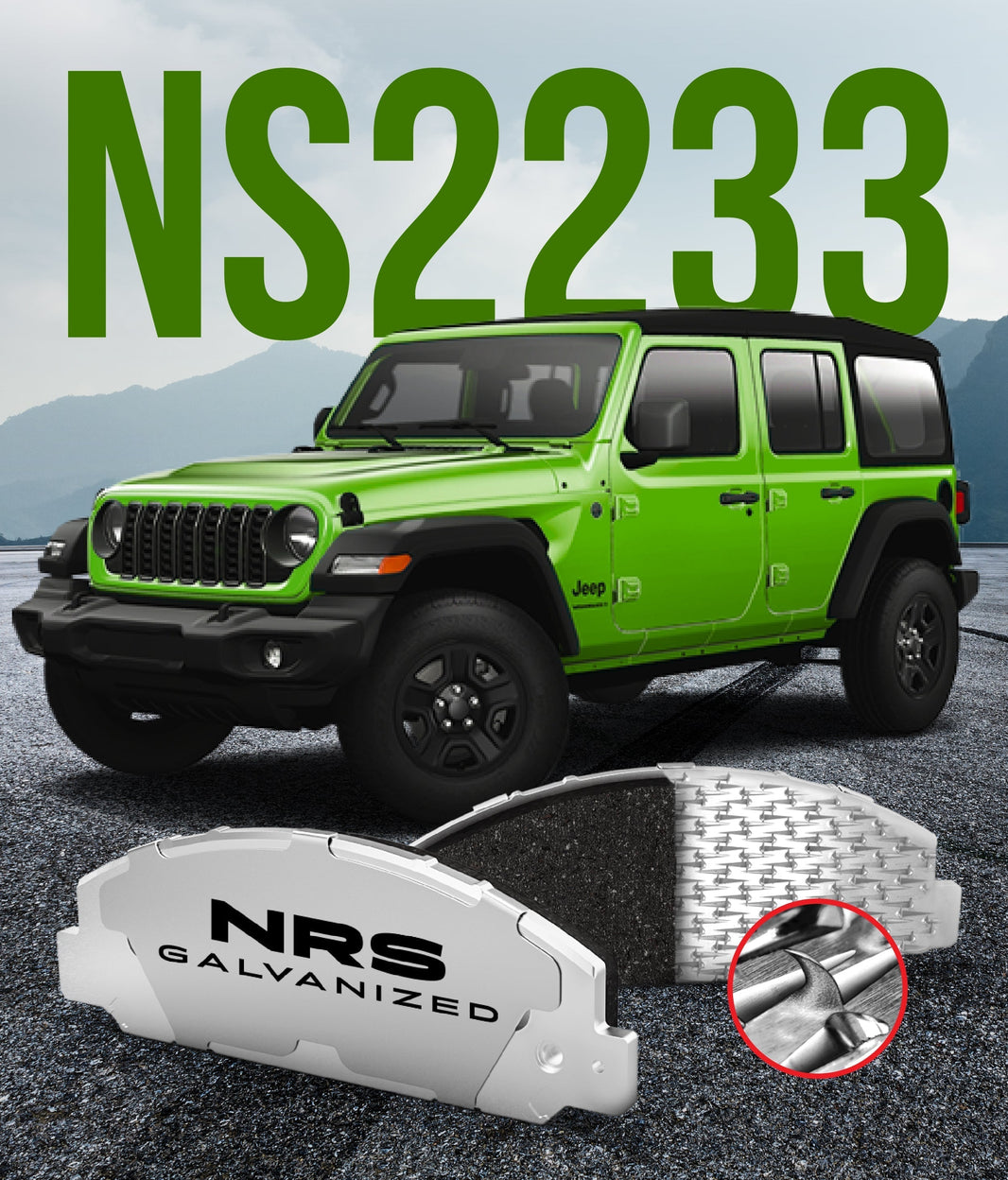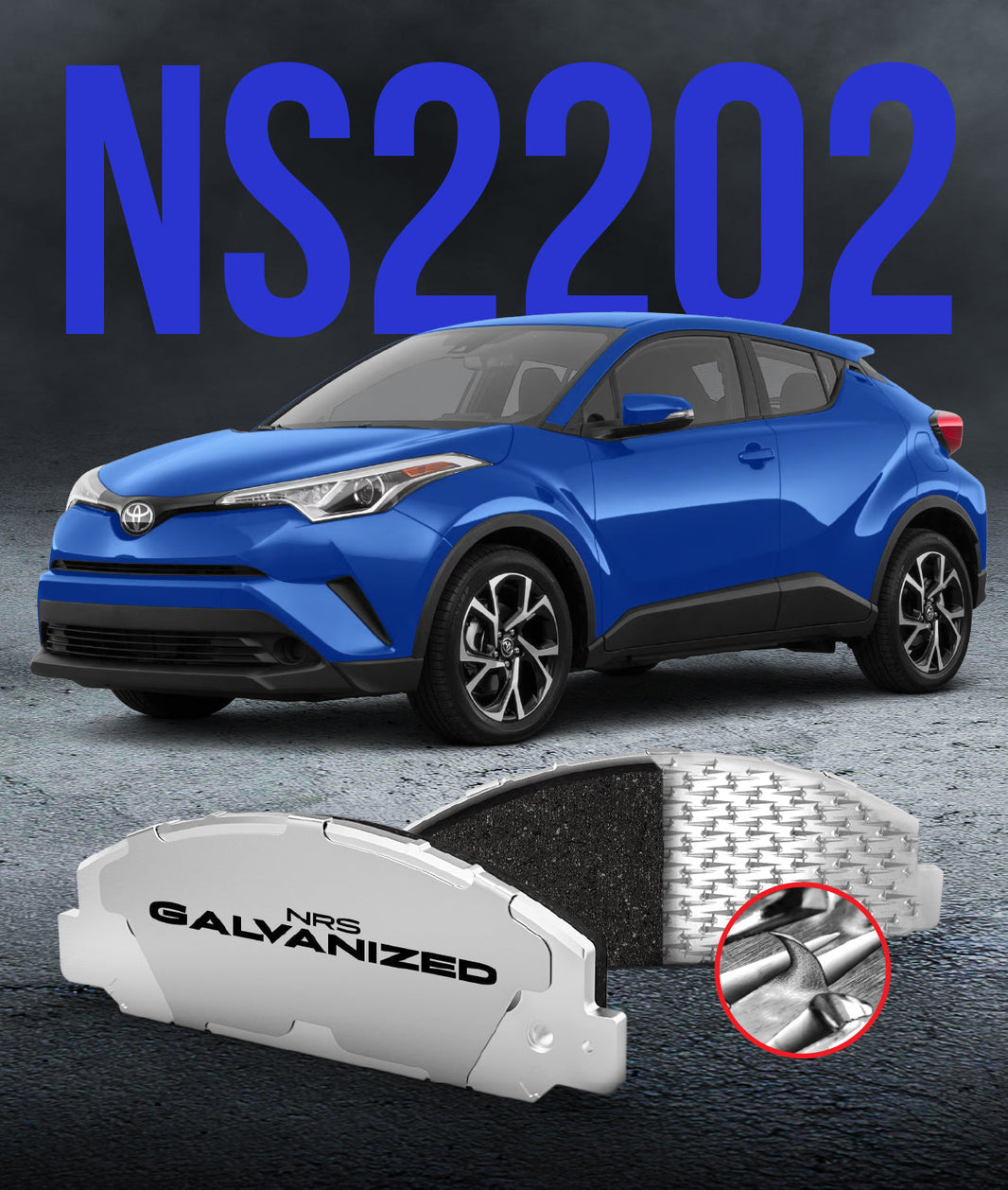 As a fleet manager, your world revolves around logistics, efficiency, and uptime. Every vehicle in your fleet is an asset that needs to be on the road, working and earning. But what is the single biggest threat to that uptime? Unexpected mechanical failures.
As a fleet manager, your world revolves around logistics, efficiency, and uptime. Every vehicle in your fleet is an asset that needs to be on the road, working and earning. But what is the single biggest threat to that uptime? Unexpected mechanical failures.
The key to preventing these costly surprises is a robust and well-planned maintenance schedule. Simply following the generic, one-size-fits-all schedule found in the owner's manual is often not enough for the harsh demands of commercial use. A customized schedule based on your fleet's specific needs is the best way to ensure reliability and control your budget.
Beyond the Owner's Manual
The maintenance schedule provided by the vehicle manufacturer is a great starting point. It is designed for a typical user under normal operating conditions. However, most commercial fleets do not operate under "normal" conditions.
Your vehicles likely see more mileage, carry heavier loads, and spend more time in punishing stop-and-go traffic than a privately owned vehicle. This accelerated wear and tear means that you need a more proactive and frequent maintenance plan. A custom commercial vehicle maintenance program is essential, and this complete guide to fleet maintenance can help.
Key Factors in Designing Your Schedule
Creating a custom maintenance plan is not as complicated as it sounds. It is a matter of looking at how your vehicles are actually used and adjusting your service intervals accordingly. A delivery van that works in a dense urban center will have very different needs than a truck that spends all its time on the highway.
By considering a few key variables, you can develop a schedule that keeps your vehicles running smoothly and prevents minor issues from becoming major repairs.
Vehicle Type and Vocation
The first step is to categorize the vehicles in your fleet. A fleet of light-duty cargo vans will have a different set of maintenance needs than a fleet of heavy-duty work trucks like the HINO 195. The type of work the vehicle does, often called its vocation, is also a critical factor.
A construction vehicle that frequently operates on dirt roads will need its air filters changed much more often than a highway-based delivery truck. Similarly, a tow truck will put a much greater strain on its transmission and brakes than a passenger shuttle. This is a key part of how to create a fleet maintenance program.
Operating Conditions
Where your vehicles operate has a huge impact on their maintenance needs. A fleet that works in a hot, dusty climate will need more frequent cooling system checks and filter changes. A fleet in a cold region with heavy road salt use will need more frequent inspections for corrosion on the frame, body, and brake system to prevent winter from corroding brake pads.
Stop-and-go city driving is one of the harshest environments for any vehicle. It is especially hard on brakes, transmissions, and tires. Vehicles that spend most of their time in the city will need these components inspected much more often.
Mileage and Hours
Mileage is the most traditional way to track maintenance, but it does not always tell the whole story. For vehicles that spend a lot of time idling, like a utility truck at a job site, tracking engine hours can be a much more accurate measure of wear and tear. An engine can have hundreds of hours of wear on it with very few miles on the odometer.
A good maintenance plan will often use a combination of both mileage and engine hours to determine service intervals. For example, you might schedule an oil change for every 5,000 miles or 200 engine hours, whichever comes first.
Building Your Custom Maintenance Checklist
Once you have analyzed your fleet's needs, you can build a custom checklist. This should be a clear, easy-to-follow document that your technicians can use for every vehicle. Here is a sample of what that might look like.
-
Daily Pre-Trip Inspections: This is the job of the driver. They should perform a quick walk-around check of the lights, tires, and fluid levels before every trip.
-
"A" Service (e.g., every 5,000 miles): This is your most frequent service.
-
Change engine oil and filter.
-
Rotate tires.
-
Inspect brake pad life and rotor condition.
-
Check all fluid levels.
-
"B" Service (e.g., every 15,000 miles): This includes all the items from the "A" service, plus more in-depth checks.
-
Replace engine and cabin air filters.
-
Inspect suspension and steering components.
-
Perform a detailed fleet brake inspection, including caliper function.
-
"C" Service (e.g., every 30,000 miles): This is your major service interval. It includes all "A" and "B" items, as well as major fluid changes.
-
Flush and replace transmission fluid.
-
Flush and replace coolant.
-
Flush and replace brake fluid.
The Importance of Quality Parts
A maintenance plan is only as good as the parts you use. For a commercial fleet, durability and longevity are the most important characteristics of any replacement part. Choosing a cheap, standard-grade part is a classic example of a short-term saving that leads to a long-term cost.
-
Longer Life: Premium, heavy-duty parts are designed to withstand the abuse of commercial use. A high-quality set of brake pads, for example, might last twice as long as a standard set, cutting your brake job frequency in half.
-
Reduced Downtime: Every time a vehicle is in the shop, it is not making you money. Using durable parts that do not fail prematurely is the best way to keep your vehicles on the road.
-
Increased Safety: This is the most important factor of all. High-quality parts, especially for critical systems like brakes, are essential for the safety of your drivers and the public. This is a cornerstone of any good fleet safety program.
A Proactive Approach to Fleet Health
A well-designed commercial vehicle maintenance schedule is one of the most powerful tools a fleet manager has. It allows you to move from a reactive approach to repairs to a proactive one. By performing regular, customized maintenance, you can catch small problems before they become big ones, reduce unexpected downtime, and have a much better handle on your annual budget.
At NRS Brakes, we engineer our products with the needs of commercial fleets in mind. Our galvanized brake pads for vehicles like the Chevrolet and GMC fleet are designed to resist the corrosion and wear that cause standard pads to fail. We believe we make the Best Brake Pads for commercial use because they are built to last, which reduces your long-term cost of ownership and keeps your vehicles on the road where they belong.
What is the biggest maintenance challenge you face in managing your fleet of vehicles?




